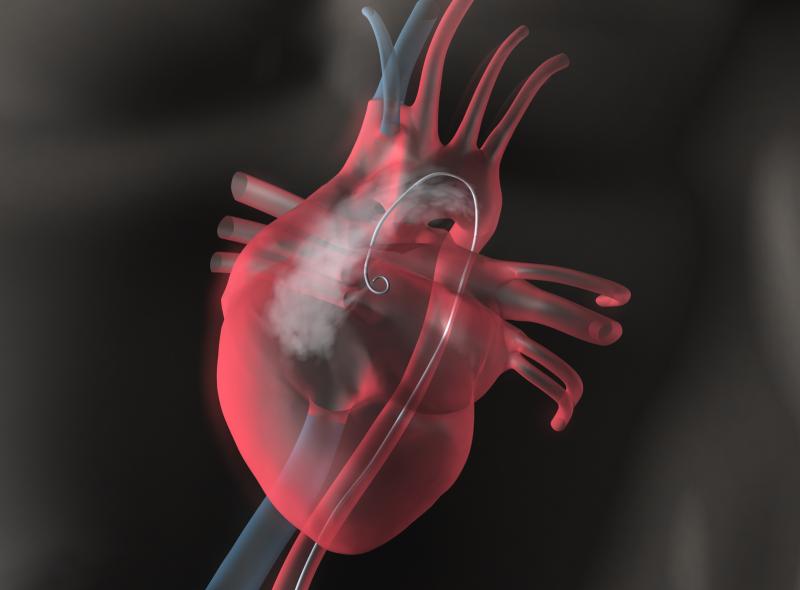
Treatment with evogliptin falls short of providing protective benefits against calcification of the aortic valve (AV), but longer treatment may be helpful, reports a study.
This study randomized 228 patients (mean age 67 years, 33 percent women) with aortic stenosis (AS) to receive evogliptin 5 mg (n=77), evogliptin 10 mg (n=76) or placebo.
No significant differences were observed on computed tomography in the primary outcome of 96-week changes in aortic valve calcium volume (AVCV) between evogliptin 5 mg and placebo (−5.27, 95 percent confidence interval [CI], −55.36 to 44.82; p=0.84) or evogliptin 10 mg and placebo (−18.83, 95 percent CI, −32.43 to 70.10; p=0.47).
The increase in AVCV in the placebo group between 48 and 96 weeks was greater than that seen between baseline and 48 weeks (136 mm3, 95 percent CI, 108–163 vs 102 mm3, 95 percent CI, 75–129; p=0.0485). The increasing trend in the second half of the study was suppressed in patients who received evogliptin at either dose.
On the other hand, the secondary endpoint of 48-week change in active calcification volume on 18F-sodium fluoride positron emission tomography (18F-NaF PET) was significantly lower in both evogliptin doses (5 mg: −1,325.6, 95 percent CI, −2,285.9 to −365.4; p=0.008; 10 mg: −1,582.2, 95 percent CI, −2,610.8 to −553.5; p=0.0038) than placebo.
“Favourable 18F-NaF PET results and possible suppression of AV calcification with longer medication use in the evogliptin groups suggest the need for larger confirmatory trials,” the investigators said.